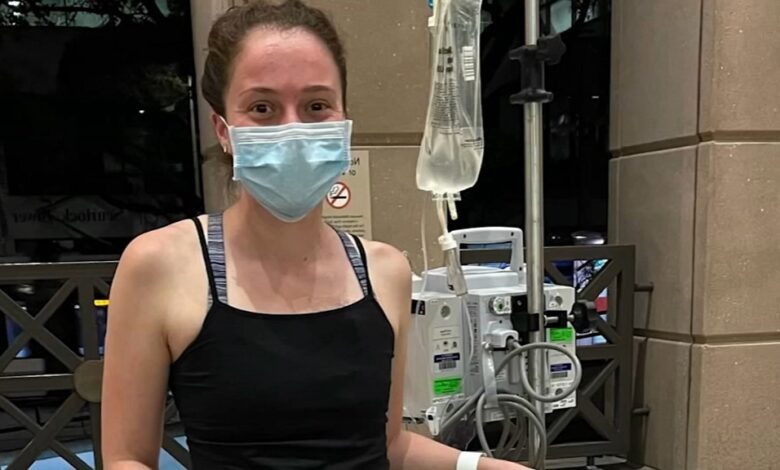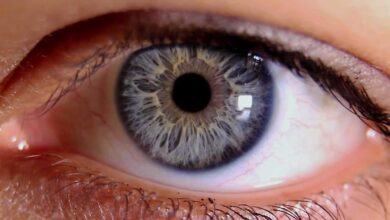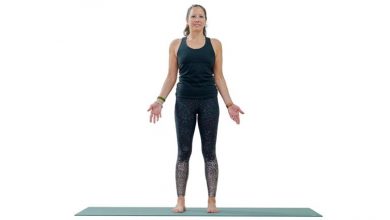Living With Ehlers-Danlos Syndrome – Finding the Support You Need

Even though having Ehlers-Danlos Syndrome might be challenging, numerous services can assist you and your family. You can discover ways to connect with others who can relate to what you are going through, whether it be a family member, friend, or healthcare provider.
Ehlers-Danlos syndrome is a group of rare hereditary conditions that affect connective tissue. These tissues support skin, tendons, blood vessels and organs.
Doctor Visits
If you have Ehlers-Danlos Syndrome, it’s essential to make regular doctor visits. These appointments can help you monitor your condition, discuss any changes in symptoms or concerns and ensure you’re getting the care you need.
When you go to your doctor, ensure you have a clear idea of what you want to discuss and be prepared for the appointment. Use a notebook or an app to note anything new or confusing.
Your doctor can also ask you questions to help him determine the cause of your Ehlers-Danlos Syndrome. This information can be used in future research to find out more about the disorder and ways to improve treatment options.
A physical examination will assess your joints’ flexibility and your skin’s stretchiness. You might also have a blood test or saliva sample.
The doctor can then decide on a diagnosis for your Ehlers-Danlos Syndrome and if you need genetic testing or a biopsy. You may be referred to the Medical Genetics Service or clinical genetics department of your local NHS service, which can provide more detailed information about your genetic background.
Support Groups
Support groups are a great way to find friends and family who understand what you are going through. They also can help you get the assistance and services you need.
Collagen, the protein that makes up most of your body’s connective tissues, has genetic flaws that lead to Ehlers-Danlos syndrome, a set of connective tissue illnesses. These diseases impact the skin, muscles, joints, and blood vessels.
Each of the 13 forms of EDS has a unique set of symptoms. The symptoms of the most prevalent form include excessively loose joints and easily torn skin.
Your blood vessels may be harmed by vascular Ehlers-Danlos syndrome, another kind of illness. This poses a severe risk to your life and may even shorten it.
Your risk of bleeding and blood clots may also increase. A heart attack or stroke may result.
The good news is that a new understanding of Ehlers-Danlos Syndrome has helped researchers to uncover many effective treatments and therapies. These include physiotherapy, orthotics, diet, stress management and mental health support.
You can learn more about living with Ehlers-Danlos Syndrome by joining communities like The Mighty, where you’ll find a unique community full of perspectives from people with EDS. Plus, you can post thoughts and ask questions to receive feedback from other members anytime needed.
Talking to Your Child
If your child has been diagnosed with Ehlers-Danlos Syndrome (EDS), they may have questions about what life will be like. Educating your child about the disorder and providing them with information on managing their symptoms is essential.
There is no cure for Ehlers-Danlos Syndrome, but there are treatments that can help ease your child’s discomfort. For example, your child’s doctor can prescribe medication to treat pain or inflammation in joints and muscles. They may also recommend blood pressure medicine if your child has fragile blood vessels from Ehlers-Danlos Syndrome.
Your child’s healthcare team will include specialists experienced in treating kids with EDS. This includes cardiologists, orthopedics, ophthalmology and other specialists.
The most common symptom of EDS is an extensive range of joint movement (hypermobility). This can lead to dislocation and chronic pain.
Another symptom is stretchy skin that tears easily and heals poorly. This can affect your child’s quality of life and social functioning.
In addition, children with EDS are more likely to have anxiety and depression than normal children. Their bodies are not used to many symptoms, and their lives feel overwhelming. This can have a negative impact on their schooling and extracurricular activities, making it harder for them to maintain academic performance.
Volunteering
Volunteering is an excellent support for living with Ehlers-Danlos Syndrome because it helps you develop social connections and creates a sense of purpose. It also enables you to manage symptoms and reduce stress and depression.
Finding a volunteering opportunity that is right for you and your interests and goals is essential. This will ensure that you’re happy with the experience and get the most out of your time.
You might help in a local school or youth center, work with animals, or donate your time to an organization that focuses on a specific issue. These opportunities will allow you to use your skills and knowledge to make a difference in the world and boost your confidence.
Regardless of your goals, it’s a good idea to consider your physical capabilities and limitations when choosing an opportunity to volunteer. Often, nonprofit organizations will work with you to find the best for you.




